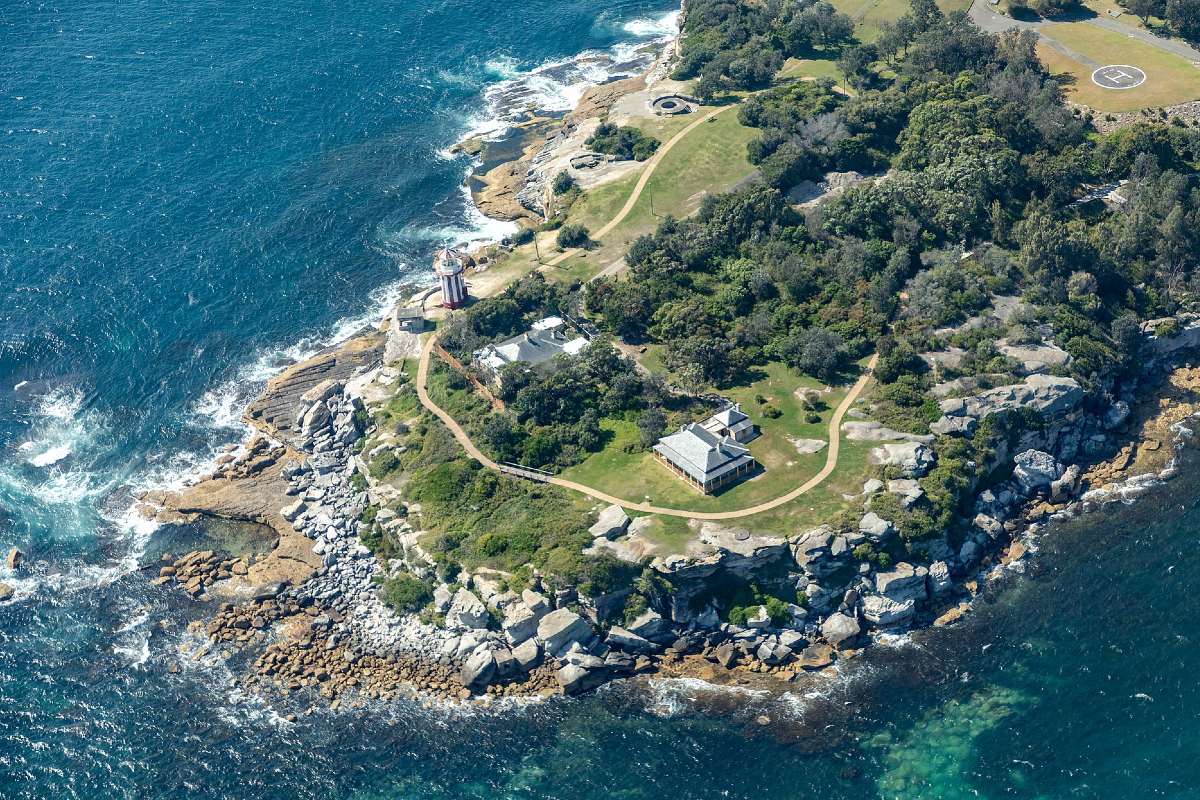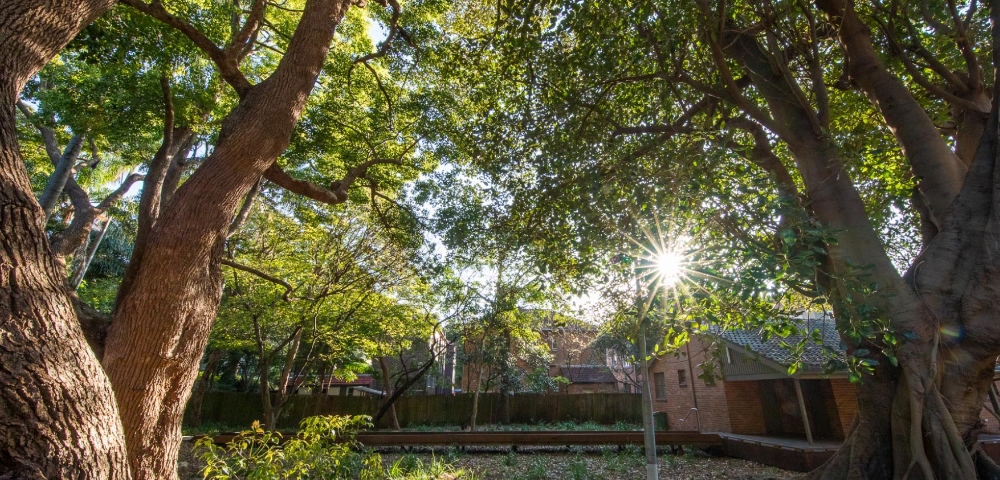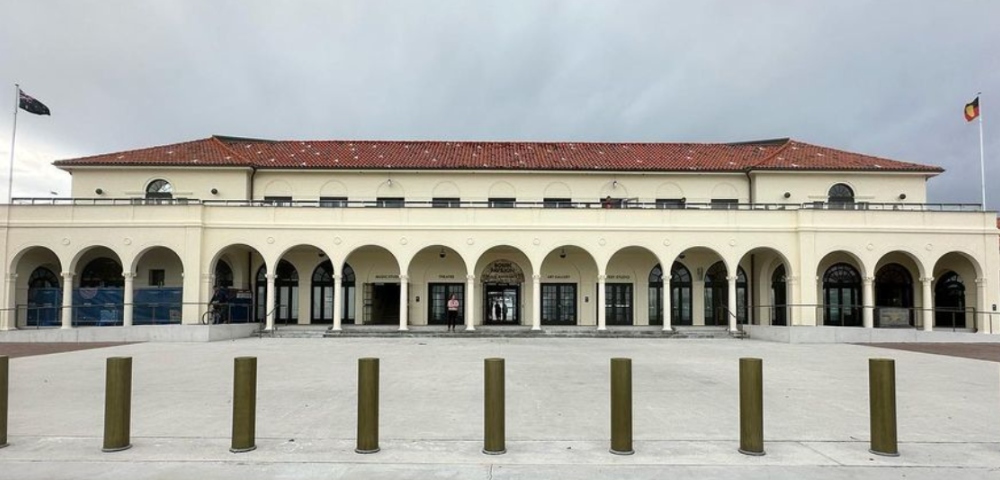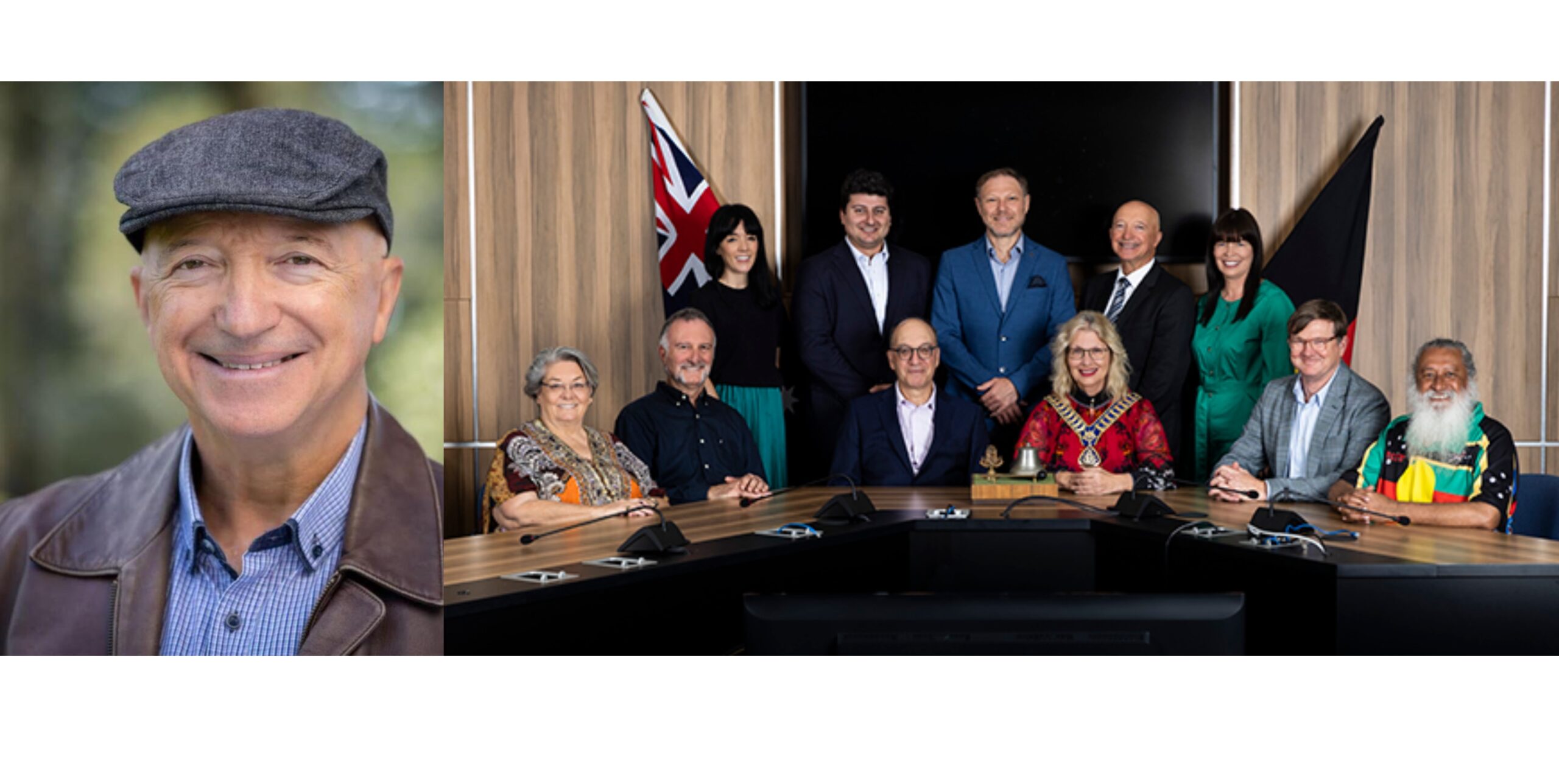
Petition to protect South Head National Park brought to NSW Parliament

Image: South Head National Park headland. Photo: Wikimedia commons.
By JASMINE SIMMONS
Members of the South Head Whale Trail community group are fighting to protect wildlife and park space in the Watson’s Bay headland.
The group have brought a petition to the NSW Parliament in response to a draft master plan which will increase private vehicle access and various developments in South Head National Park. The National Park is located on the Vaucluse peninsula which is bordered by rocky cliffs, harbour beaches, and is home to a significant amount of Aboriginal sites.
The NSW National Parks and Wildlife Services gained approval for the master plan on February 10. The plan proposes a number of new developments along the peninsula, including a new plaza entry, upgrades to existing boardwalks and providing better access to the iconic Hornby Lighthouse.
“The South Head Master Plan represents a 20 year vision and approach for visitor use and park management, applicable under the National Parks and Wildlife Act 1974 that creates a long-term vision for South Head, Gap Bluff and Green Point precincts of Sydney Harbour National Park,” a spokesperson from the National Parks and Wildlife Services (NPWS) said.
The South Head Whale Community group has identified 4 issues within the master plan that they are opposing. The group has concerns over an increase of private vehicle access with the construction of a new road, the privatisation of public amenities, negative impacts to a wildlife corridor, and impacts on Indigenous and heritage sites within the park.
Petition brought to Parliament

Photo: Allison Hore
Petitioner and spokesperson for the South Head Whale organisation, Vashti Hughes, brought the petition forward to the Speaker and Members of the Legislative Assembly.
Hughes, on behalf of the organisation and local community, asked the House to prohibit an increase in vehicle use, access and infrastructure within South Head National Park.
Maintenance for the National Park currently has restricted vehicle access via an existing road on South Head. Included in the new plan is a duplicate light vehicle road, which petitioners claim will increase disturbance to wildlife, and increase traffic to the area.
“Extending vehicle access benefits only the leaseholder operations which will likely cause an increase in traffic beyond the threshold of acceptance,” Hughes explained.
“Constructing another roadway appears to be an unnecessary duplication of the existing road with only detrimental impacts on wildlife and visitor enjoyment.”
South Head National Park currently provides a habitat for endangered land and marine species, and offers a feeding ground, critical to bird and mammal migration.
Hughes stated that the immediate environmental impacts of the proposed plan include “habitat destruction; disruption and impact on water courses, food supply, marine debris; plus an increase in gross pollutants within the park environment.”
Further, the proposed construction for an elevated road on the Park’s headland will contribute to the effects of urbanisation.
“The long-term effects of urbanisation on marine habitat and seagrass meadows are significant and which will, in turn, negatively impact local fish stock, the marine food chain supply as well as water quality,” Hughes said.
In addition to negative environmental impacts, the petition was established following concerns for historical and cultural aspects of the National Park and South Head Region.
“The master plan fails to recognise the single most valuable infrastructure asset, the continuity of the overland track and wildlife corridor, that extends beyond the boundary of the National Park itself,” Hughes said.
“This overland track, pre-European settlement, still exists following the contour lines around the last piece of remaining public foreshore, some within this Sydney Harbour National Park.”
According to Hughes, allowing extended vehicle access to the site and proposing packaged tourism facilities will diminish the structured cultural interventions that remain significant to Sydney Harbour.
“A Master Plan is a dangerous document to have in play,” Hughes said.
The spokesperson from the NPWS said that the master plan has been informed by the Sydney Harbour National Park Plan of Management 2012 and the South Head Conservation Management Plan 2008.
“It has been developed through extensive site investigations, analysis with community and stakeholder consultation and feedback,” the spokesperson told CityHub.
“Improvements identified in the master plan will require further detailed design and financial analysis, as well as heritage, cultural and environmental assessments and approvals.”
The NPWS spokesperson also noted that there are no plans for further public vehicle access in the master plan.
“The master plan identifies retention of existing carparks. There are no plans to provide additional public vehicle access to the reserve.”
The Parliamentary petition currently has 126 signatures and closes on May 2 2023.
Previous case against master plan










